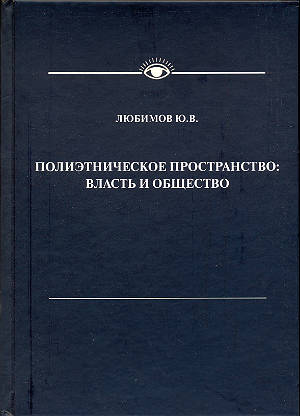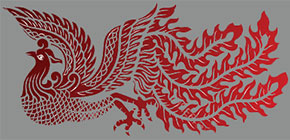Книга
 Полиэтническое пространство: власть и общество
Полиэтническое пространство: власть и общество
Любимов Юрий Васильевич
Ответственный редактор: Рыбаков Ростислав Борисович
Институт востоковедения РАН, Издательство МБА
Москва, 2011, 256 стр.
ISBN: 978-5-902445-57-9
Монография посвящена проблеме политического взаимодействия в условиях социокультурного многообразия. В первой части работы (1 и 2 главы) исследуются методологические проблемы полиэтнизма в контексте процессов универсализации пространства взаимодействия, характерных для истории человечества от древних времен и до наших дней. Столь же важным инструментом интеграционных процессов, на взгляд автора, является представление о другом, чем обусловлены основные характеристики взаимодействия. Во второй части (3 глава) рассмотрены основные параметры формирования полиэтнического пространства Российской империи на примере русско-калмыцких отношений и в связи с освоением Сибири и Крайнего Севера.
Книга рассчитана на обществоведов, историков, гуманитариев широкого профиля, студентов, аспирантов, практических работников в сферах социологии, политологии и этнологии.
English version
The study discusses a problem of polyethnicity through¬out the world history, especially focusing the process of forma¬tion of the Russian Empire. This process has mainly been condi¬tioned by the circumstances caused by the colonization and the assimilation of the new territories both in the East and in the South. As a result there was found a unique phenomenon in the Eurasia, the vast geopolitical space, integrating different peoples with their cultures and religions. And it depended to a large extent on adequate Imago Alterius (perception of the other) and also on account of mutual interests.
Three stages in the formation and growth of the Russian Empire are distinguished. The first period was associated with opening up the Volga basin. The second one was closely related to settlement of trans-Ural territories (Siberia and the Far East). The third period was characterized as properly colonial, both the protection of trans-Caucasian peoples and the conquest of Central Asia. In spite of cultural variety the Russian Empire escaped religious wars and significant ethnic conflicts. And maybe this is one of successful examples of multicultural coexistence.



